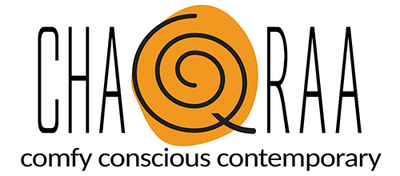Introduction
Anxiety has become an increasingly prevalent issue in our fast-paced, modern lifestyles. The constant pressure and stress that we face can lead to overwhelming feelings of anxiety and an inability to calm the mind. Thankfully, yoga offers an incredible tool to combat anxiety and regain control over our mental well-being. In this article, we will explore the ways in which yoga can help alleviate anxiety and share some powerful yogic techniques that can help calm the mind.
The Mind-Body Connection
Yoga is not only a physical practice but also a mind-body discipline. It emphasizes the connection between our physical and mental states. Anxiety often manifests itself physically, with symptoms such as rapid breathing, increased heart rate, and muscle tension. By practicing yoga, we develop a heightened awareness of our bodies and learn how to consciously release tension, bringing a sense of calm to both our mind and body.
Breath Awareness
The foundation of most yoga practices is breath awareness. By focusing on the breath, we can calm the mind and reduce anxiety. One powerful technique is the "4-7-8" breath. Sit comfortably and inhale deeply for a count of four. Hold the breath for a count of seven, and exhale slowly for a count of eight. Repeat this cycle several times, allowing yourself to relax with each breath. This technique activates the body's relaxation response and helps to reduce anxiety levels.
Mindfulness Meditation
Mindfulness meditation is another powerful yogic technique that can greatly benefit those struggling with anxiety. By practicing present-moment awareness, we bring our attention to the here and now, rather than dwelling on past regrets or future worries. Find a comfortable seat, close your eyes, and focus on your breath. Whenever your mind begins to wander, gently bring your focus back to the breath. Regular practice of mindfulness meditation helps to train the mind to stay present and reduces the tendency to get caught up in anxious thoughts.
Asanas and Physical Releases
Yoga asanas, or postures, are designed to release tension from the body and calm the nervous system. Certain asanas are particularly beneficial for anxiety. The child's pose, for example, provides a gentle stretch to the back, hips, and shoulders, releasing tension and promoting a sense of relaxation. The forward fold allows you to let go of stress and anxiety as you surrender to gravity, allowing the mind to become calm. Other asanas that can help combat anxiety include the bridge pose, the standing forward bend, and the supine twist. Regular practice of these asanas helps to create a more relaxed and calm state of being.
Yoga Nidra
Yoga Nidra, also known as yoga sleep, is a powerful technique that combines deep relaxation and guided meditation. It induces a state of conscious deep sleep, in which both the mind and body are completely relaxed. Yoga Nidra can help to alleviate anxiety by reducing stress levels and promoting a deep sense of peace. Simply lie down in a comfortable position, close your eyes, and follow the instructions of a guided Yoga Nidra meditation. Regular practice of Yoga Nidra can lead to a profound transformation in our ability to manage anxiety.
Conclusion
Anxiety can be a debilitating condition, but yoga offers a natural and effective approach to combat it. By incorporating breath awareness, mindfulness meditation, asanas, and practices such as Yoga Nidra, we can quiet the mind, release tension, and restore a sense of peace and well-being. Yoga is not just exercise; it is a therapeutic practice that empowers us to take control of our mental health. So, if anxiety is a constant companion, why not unroll your mat and explore the transformative power of yoga?


0 comments